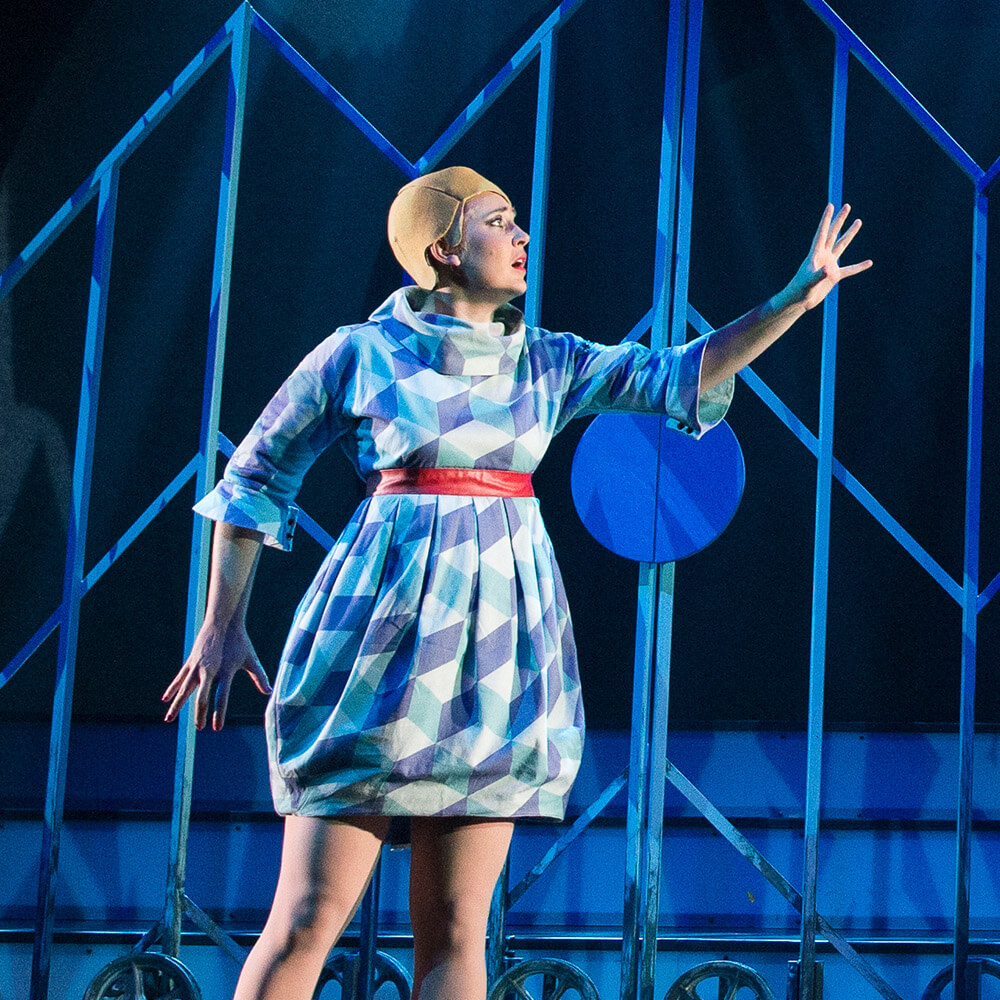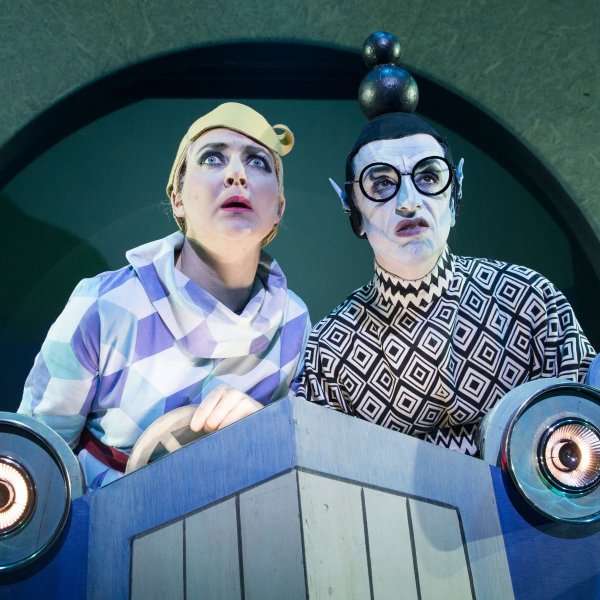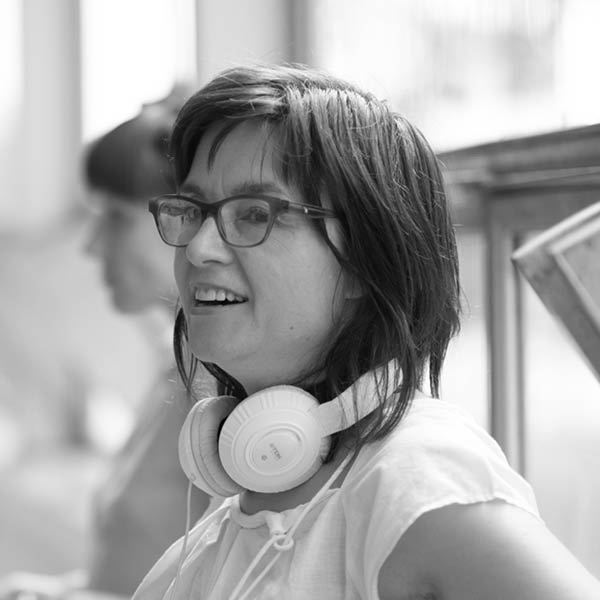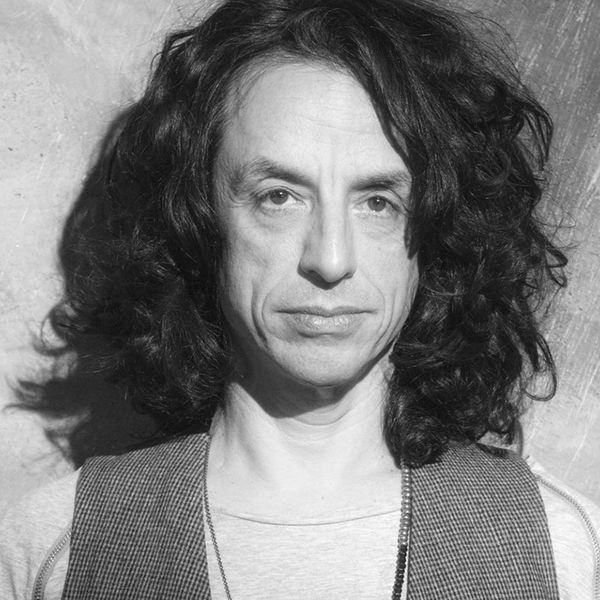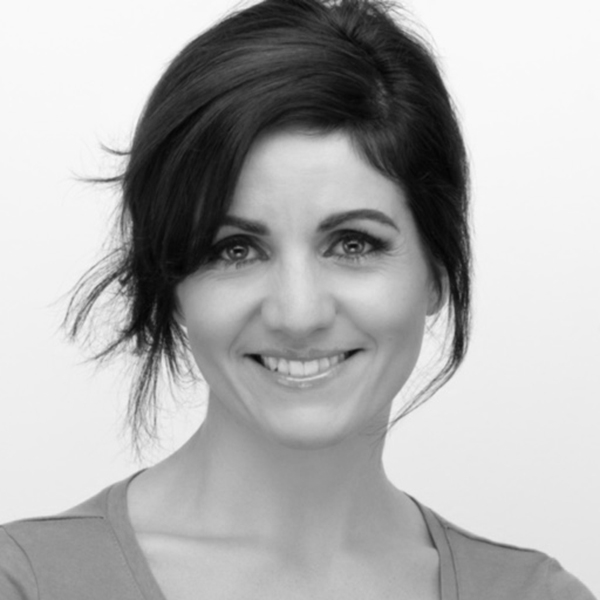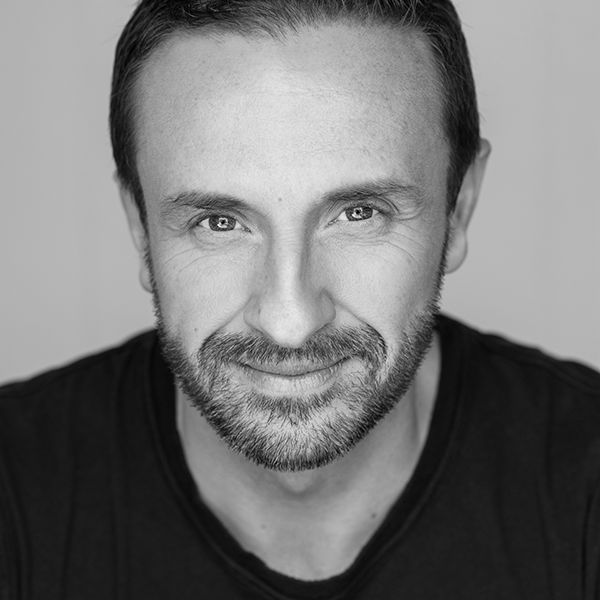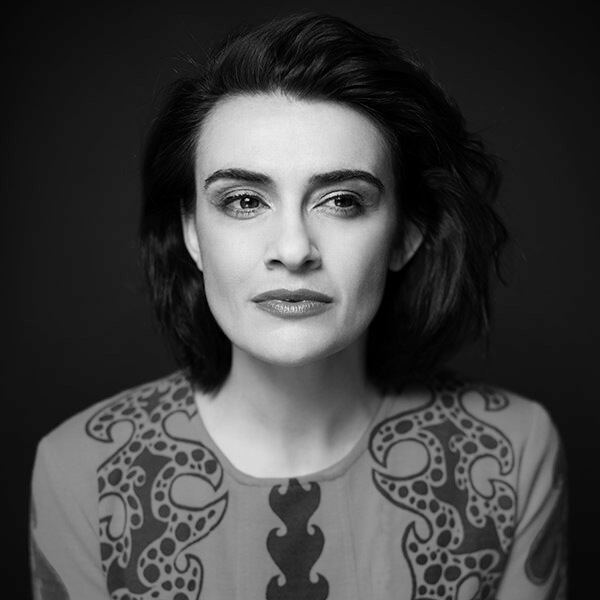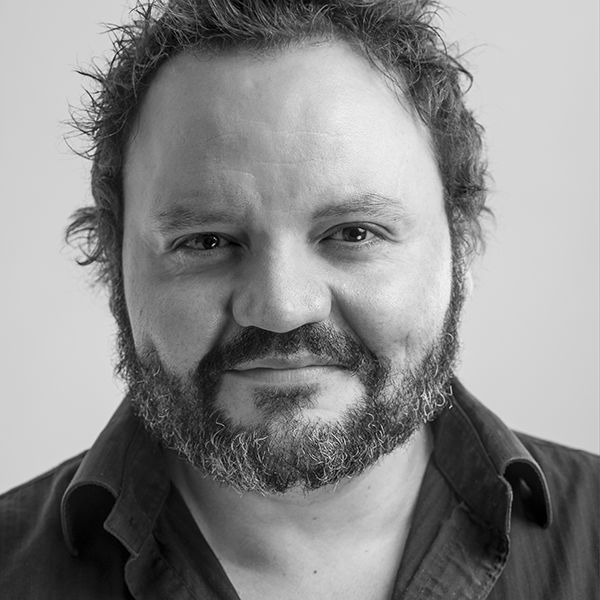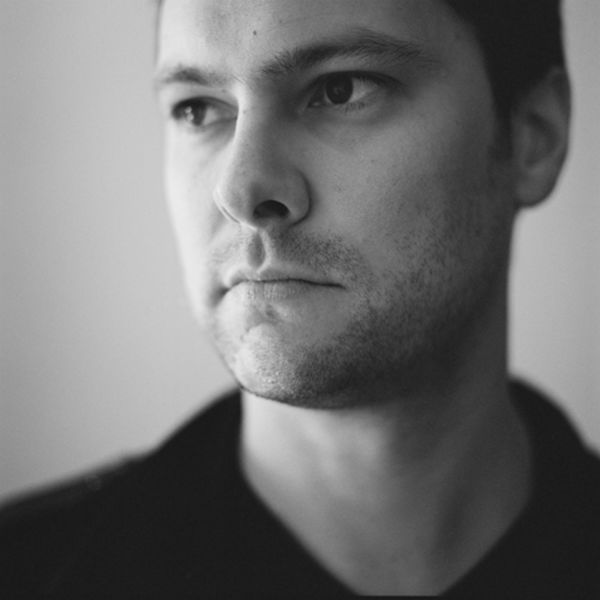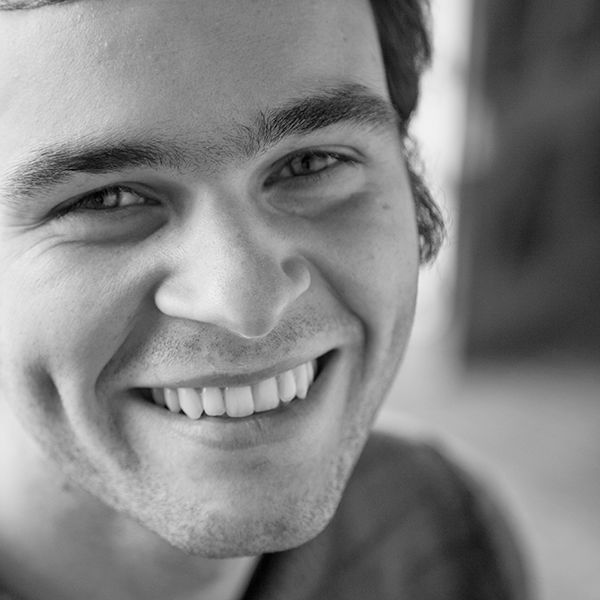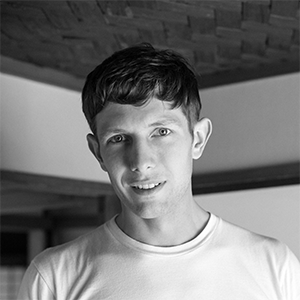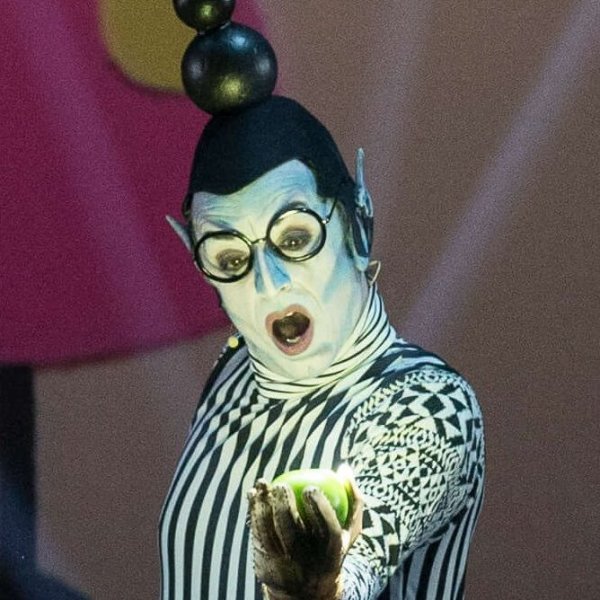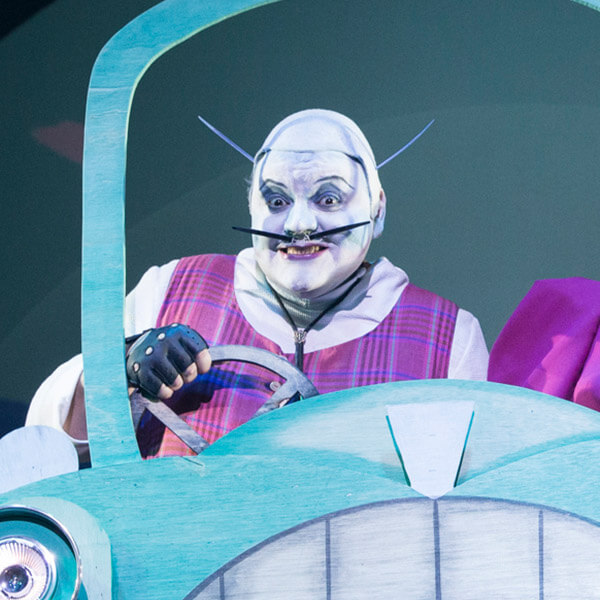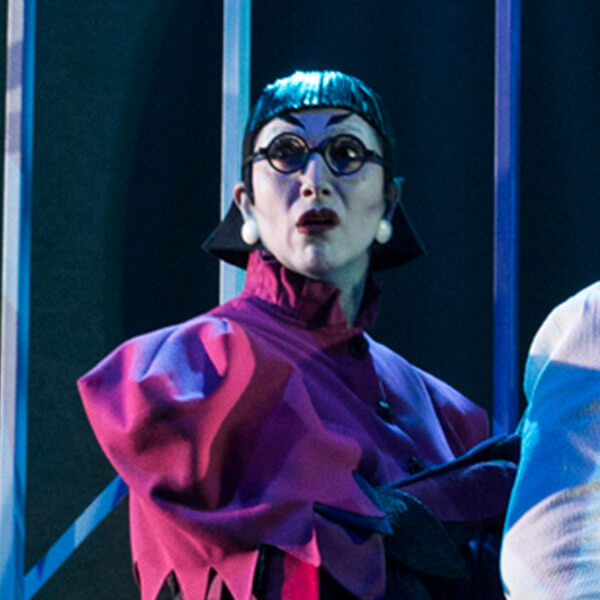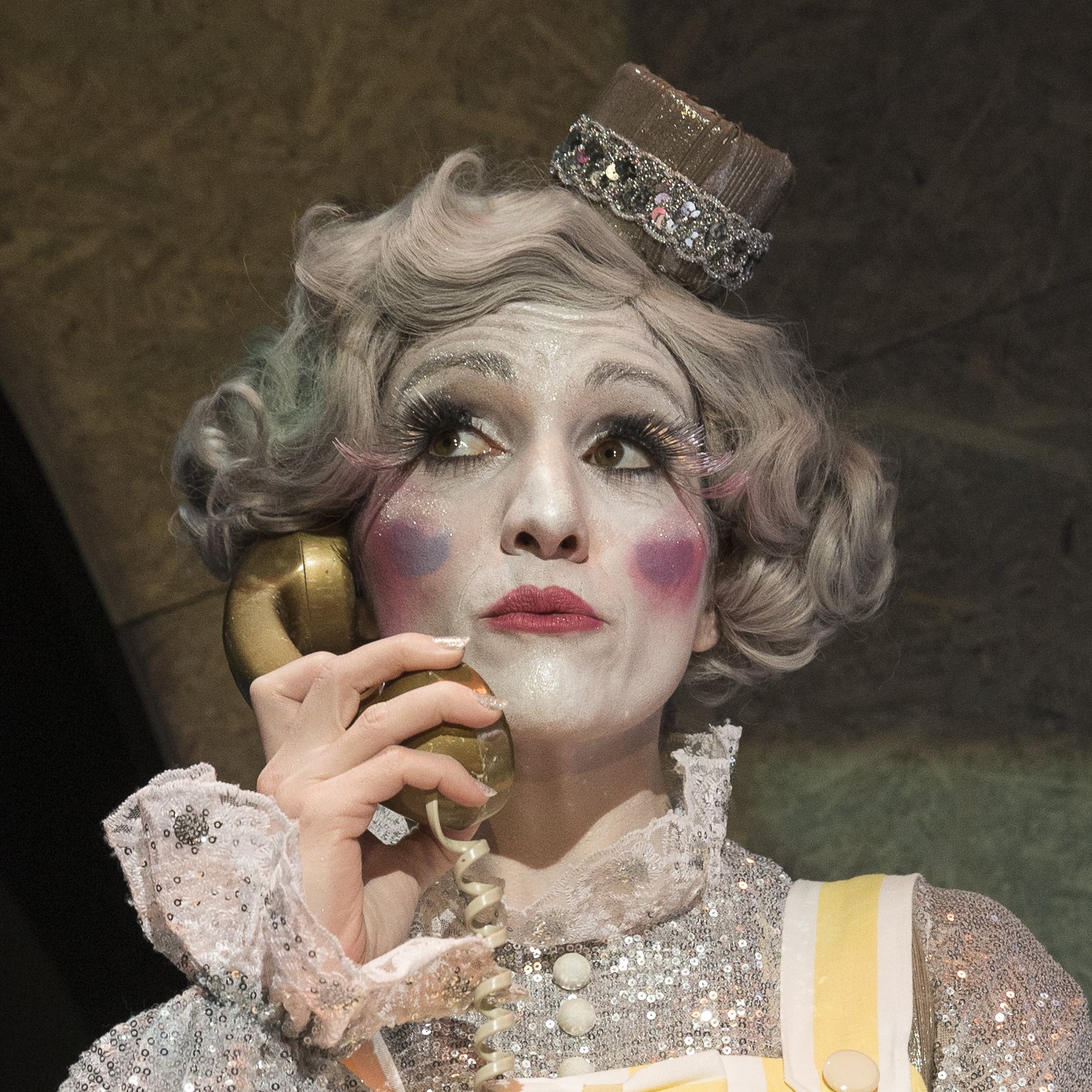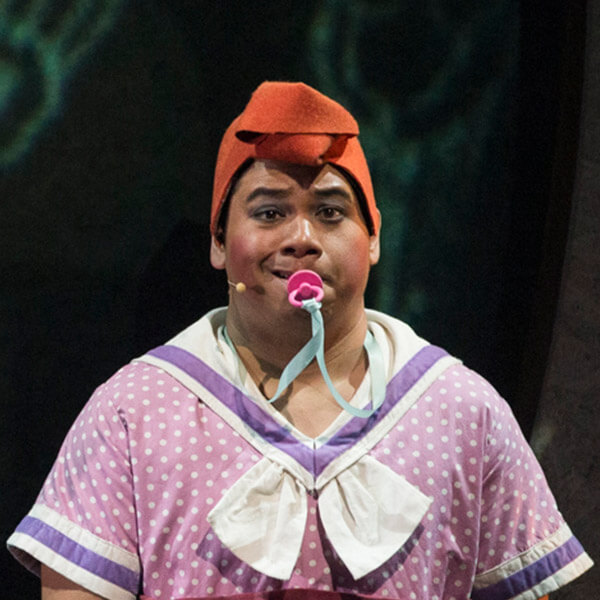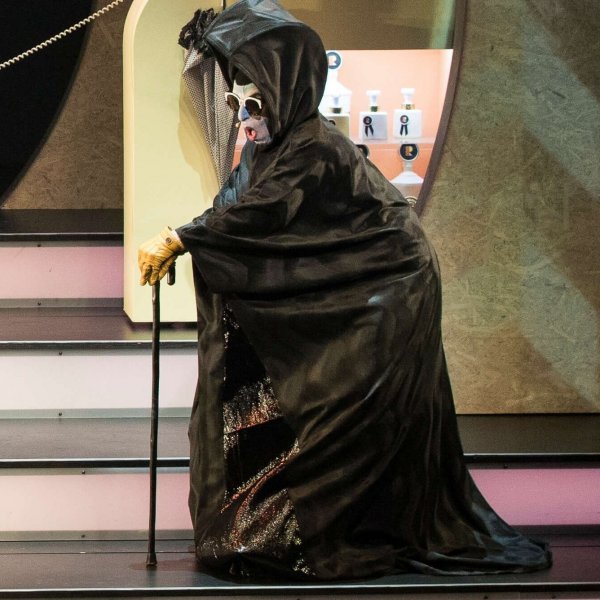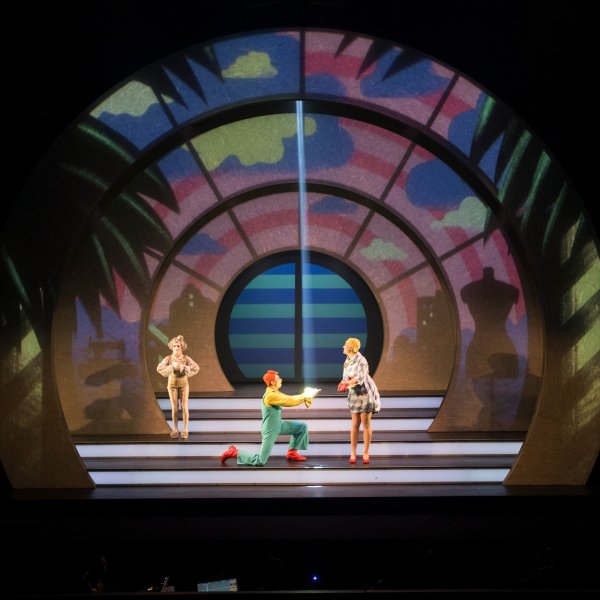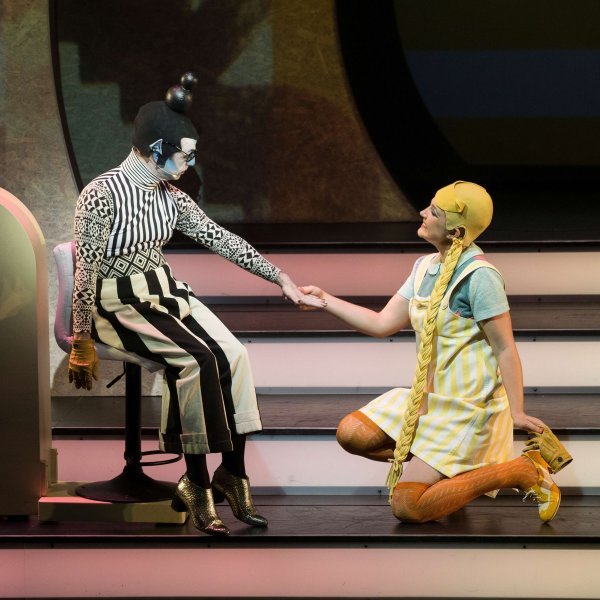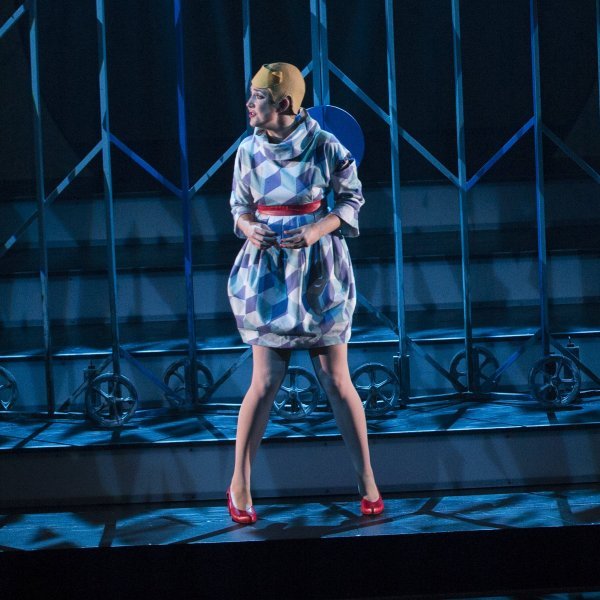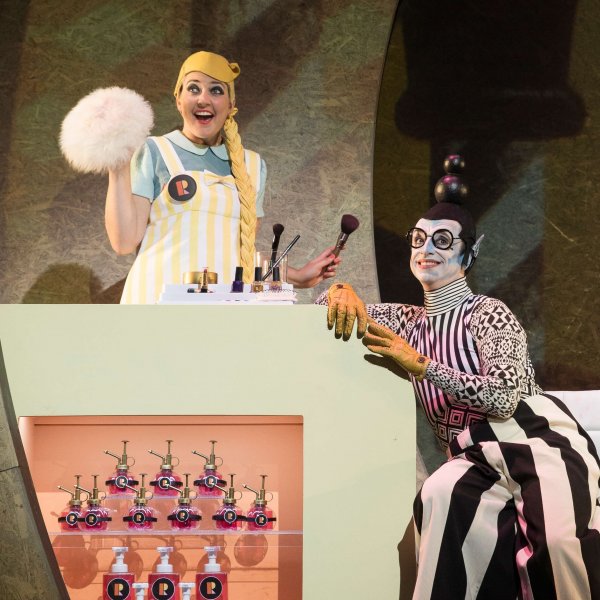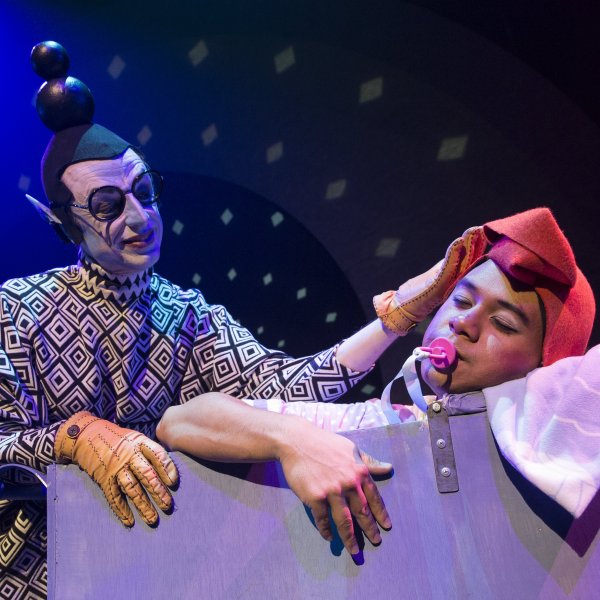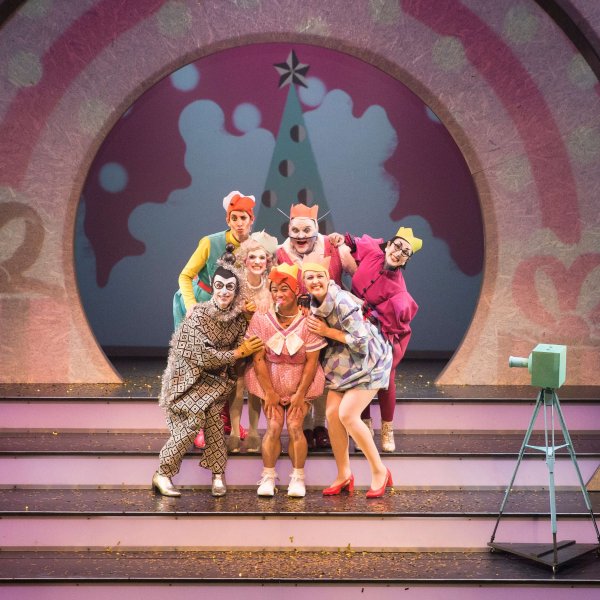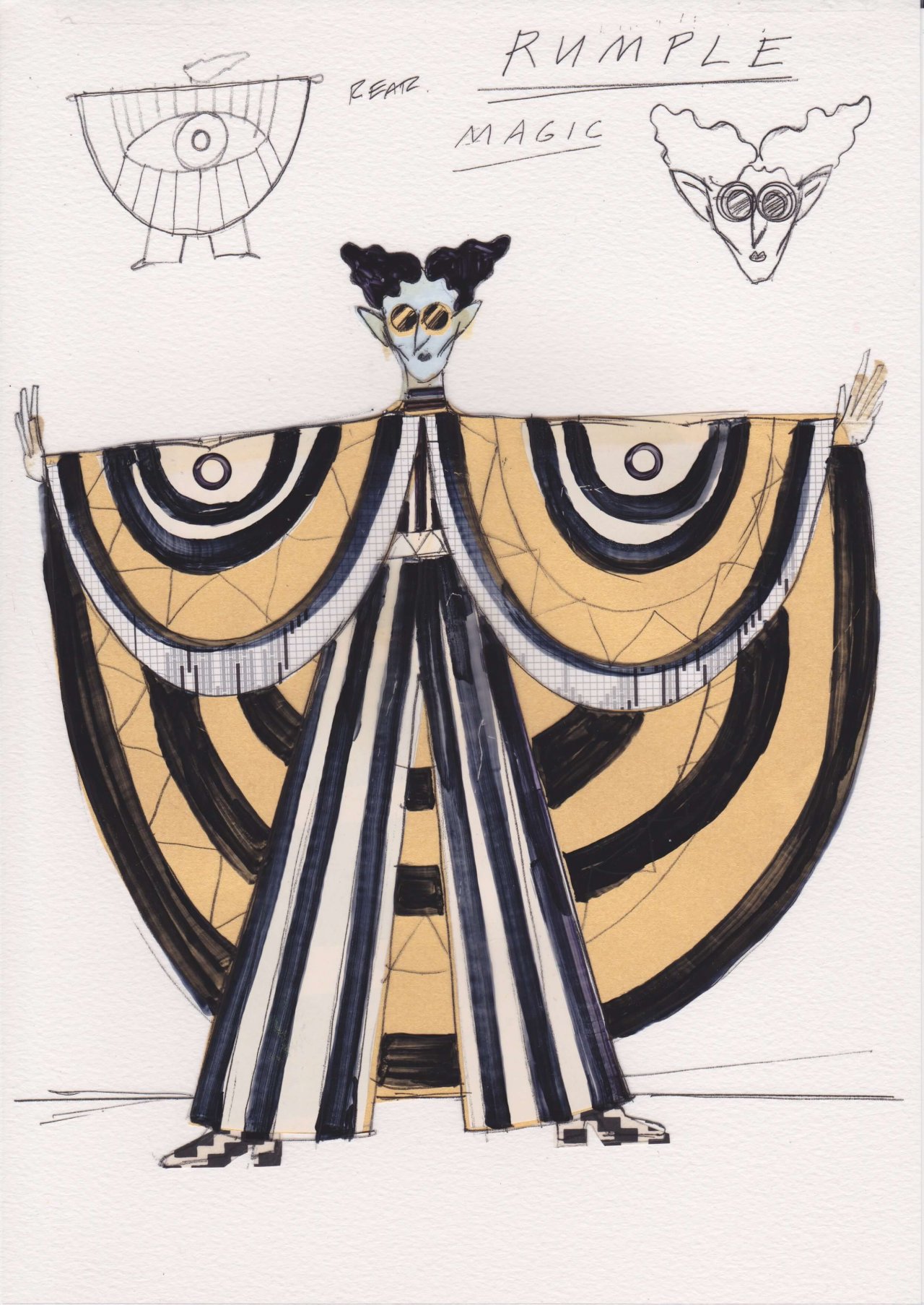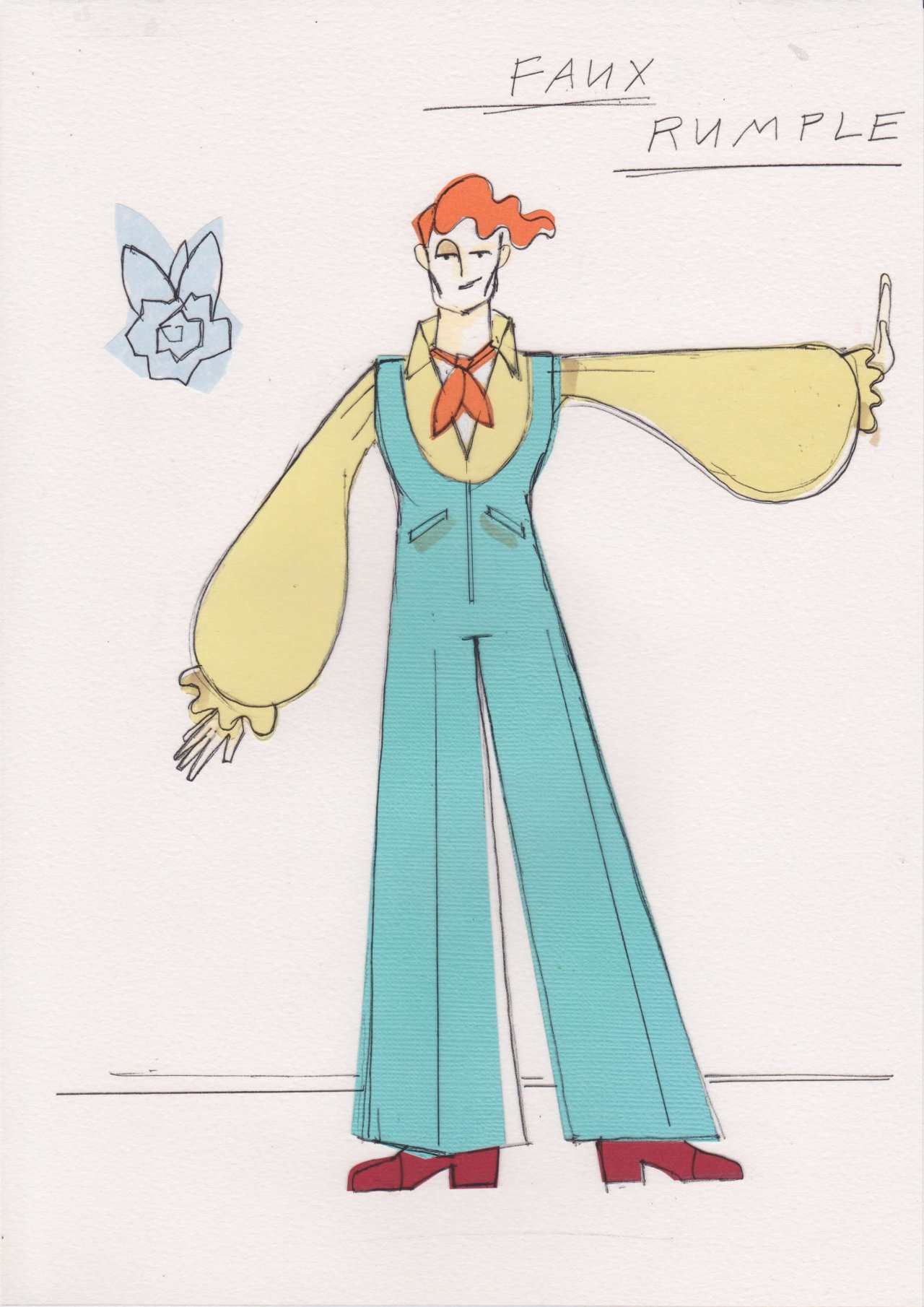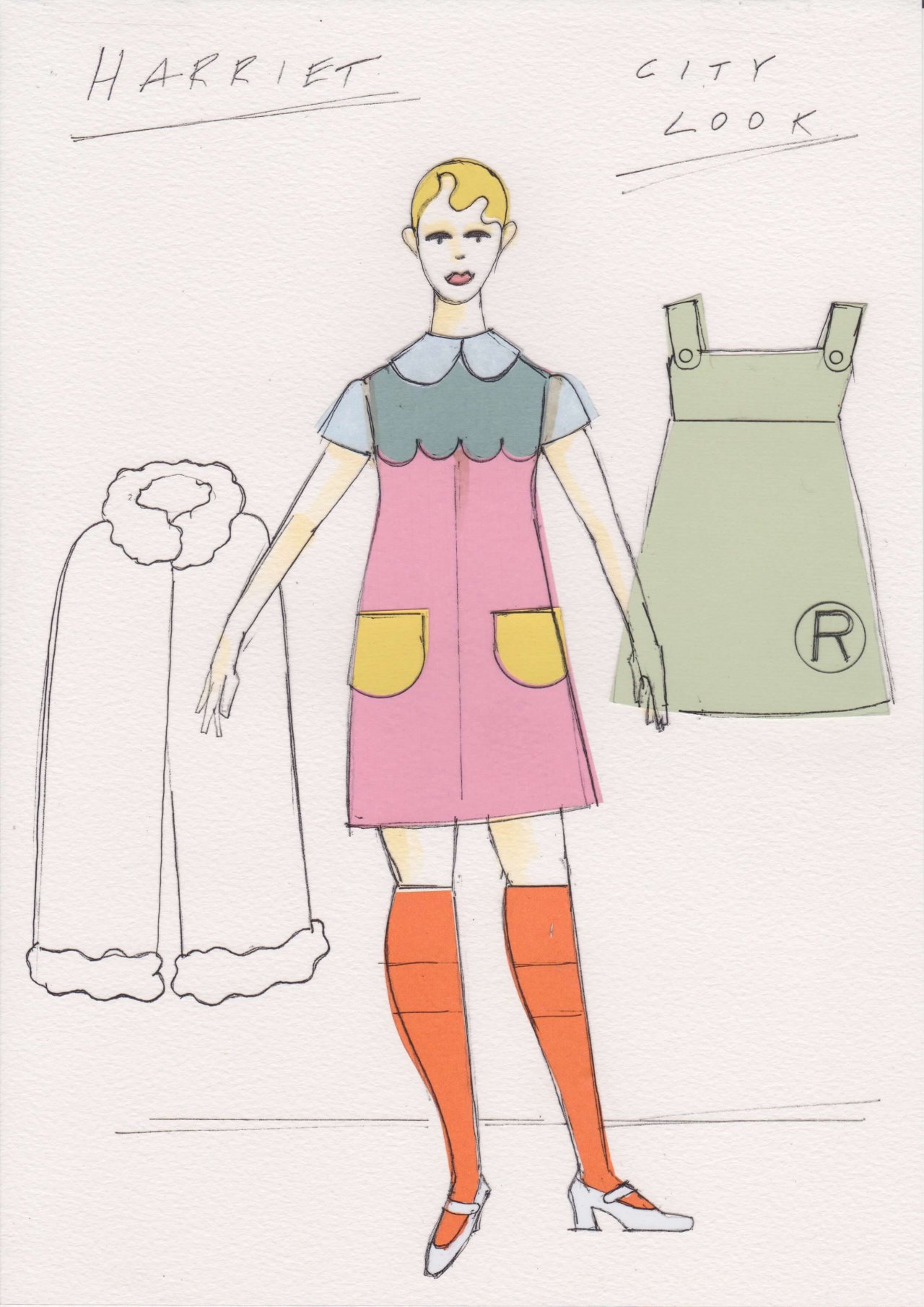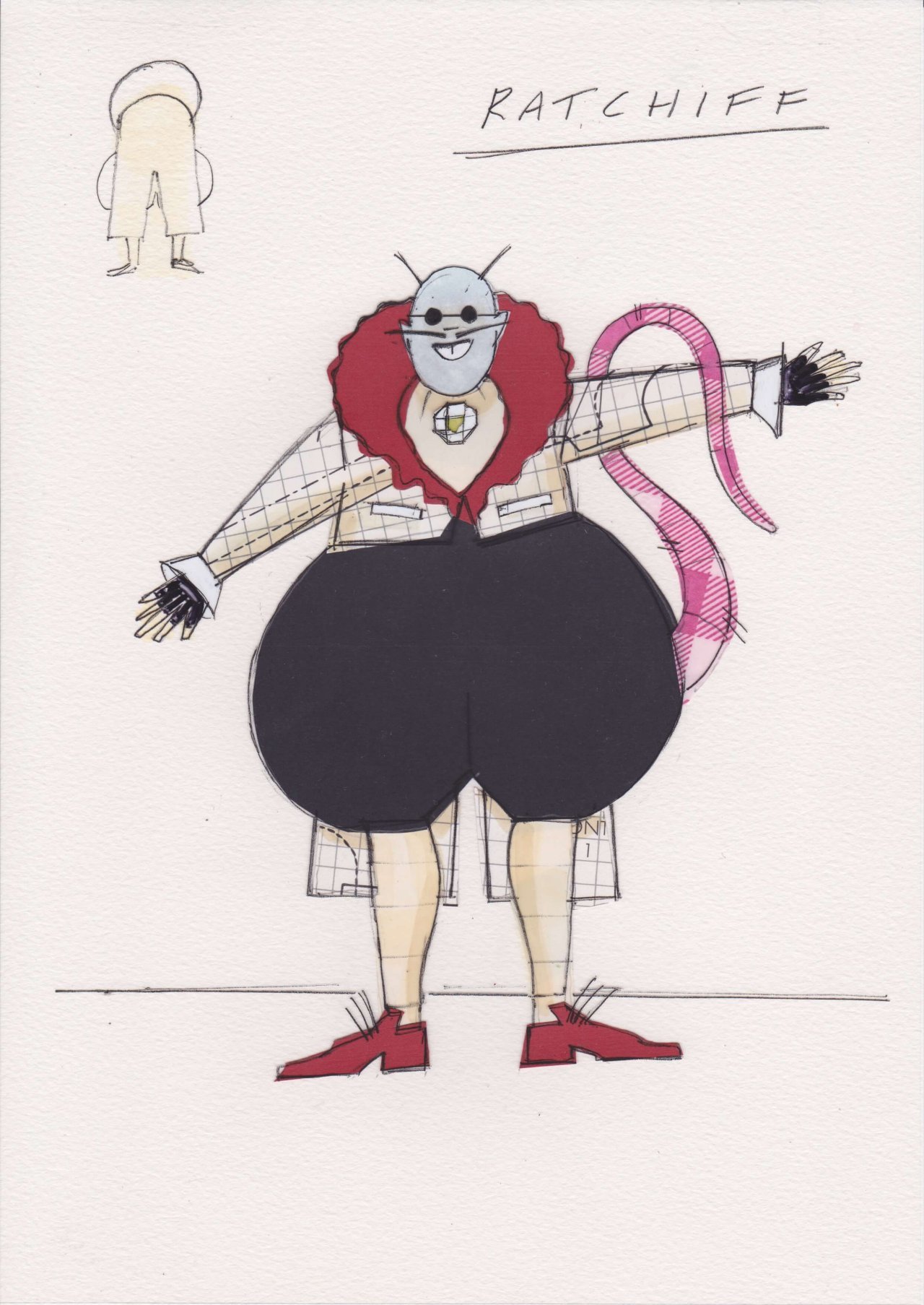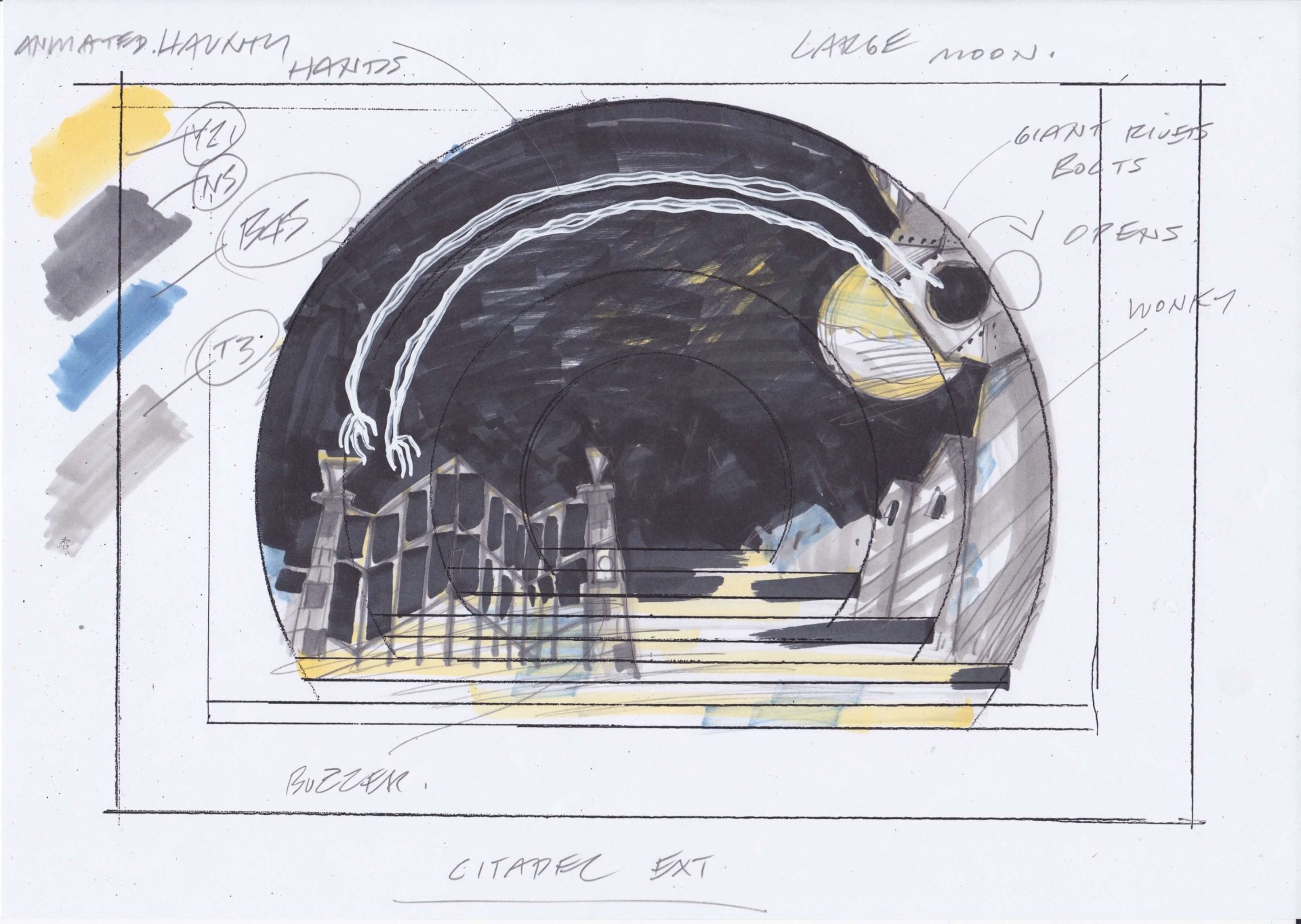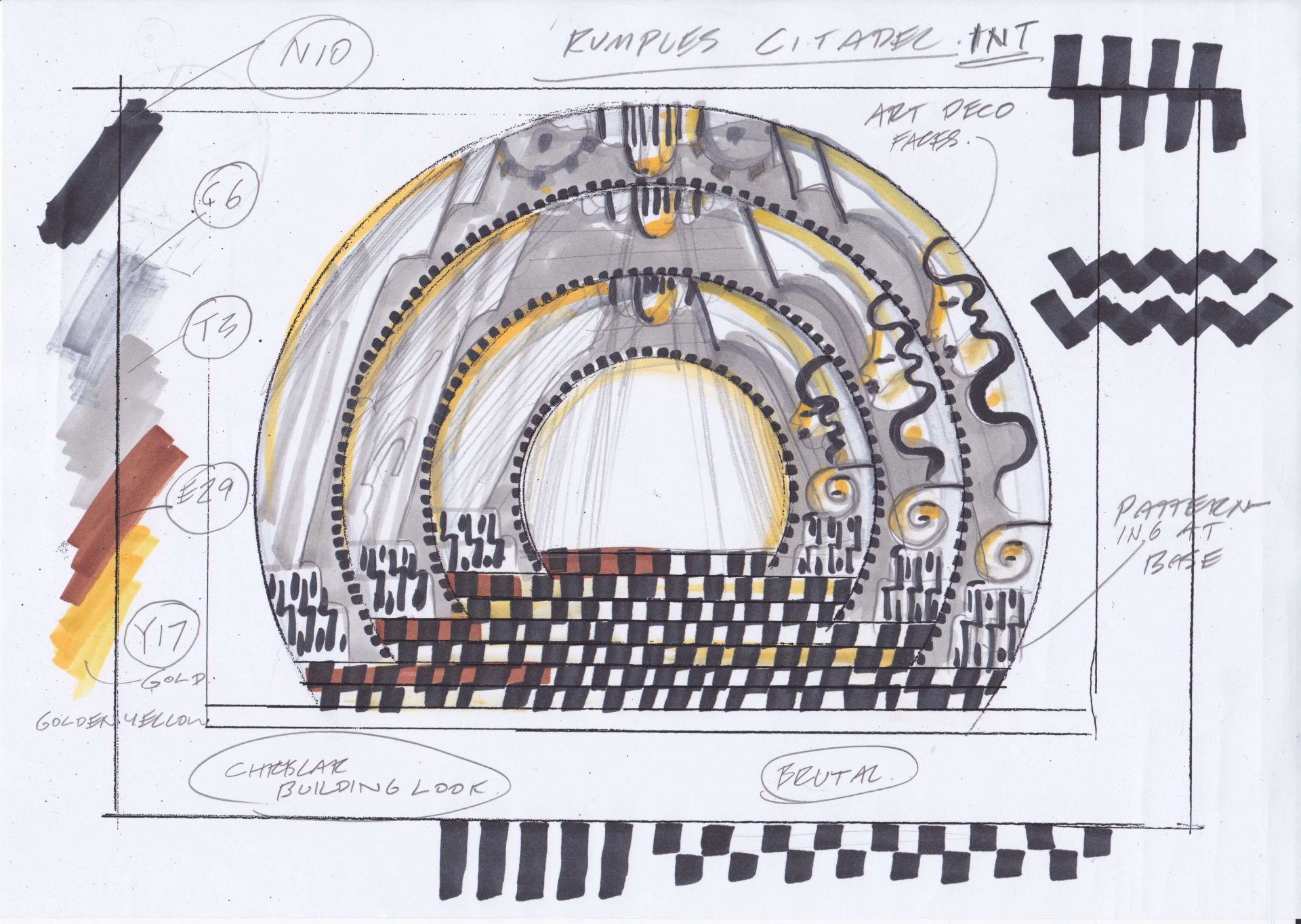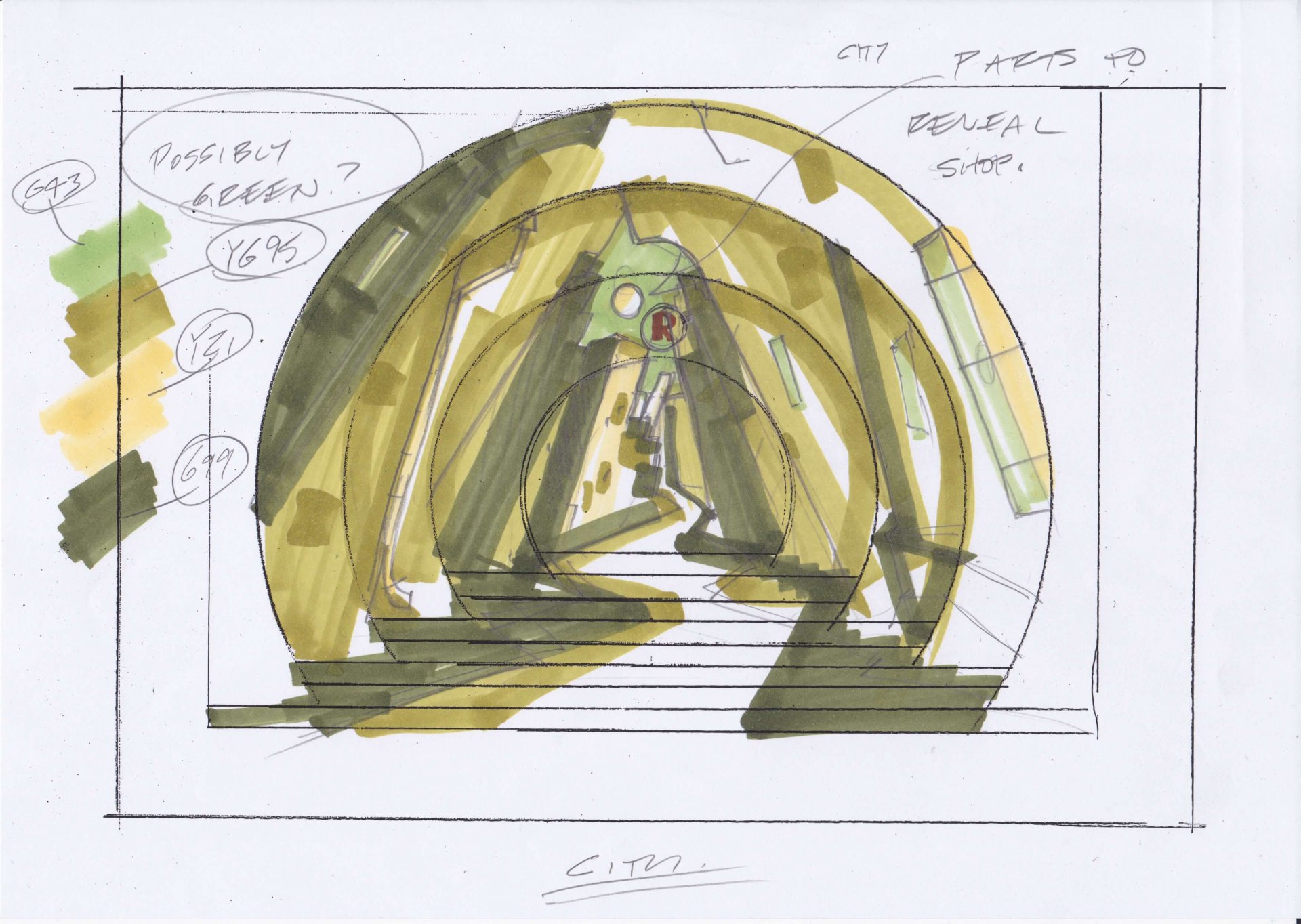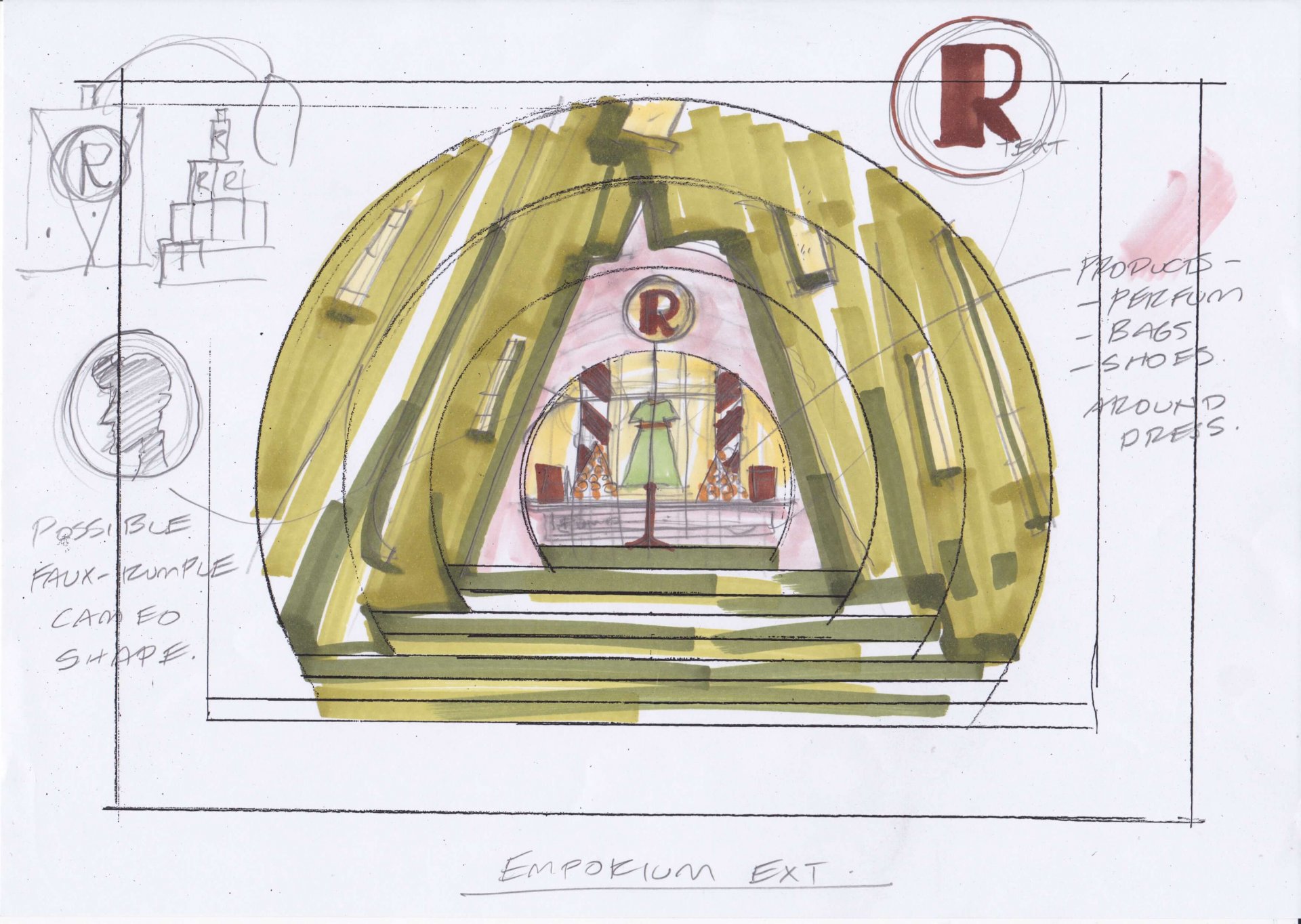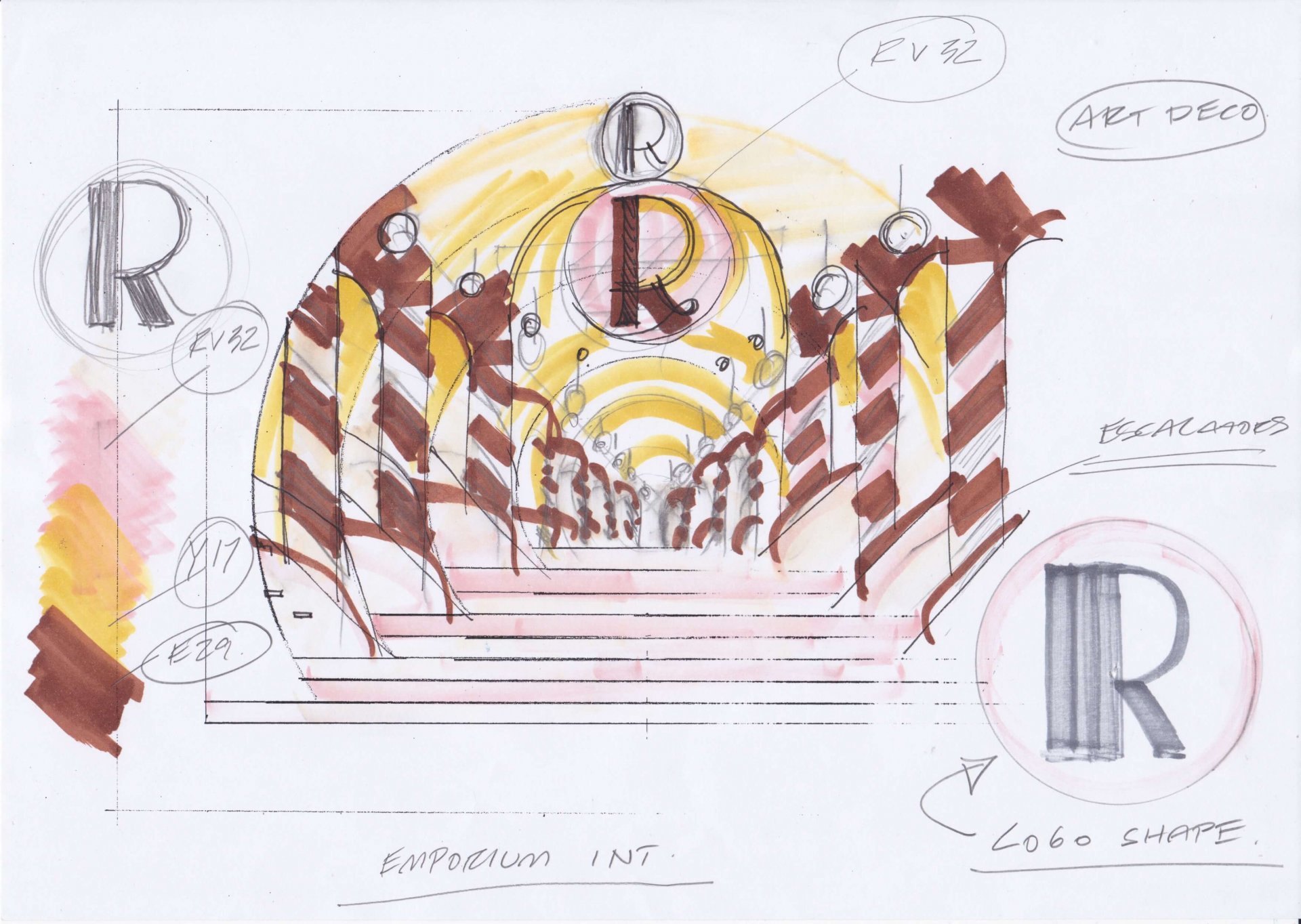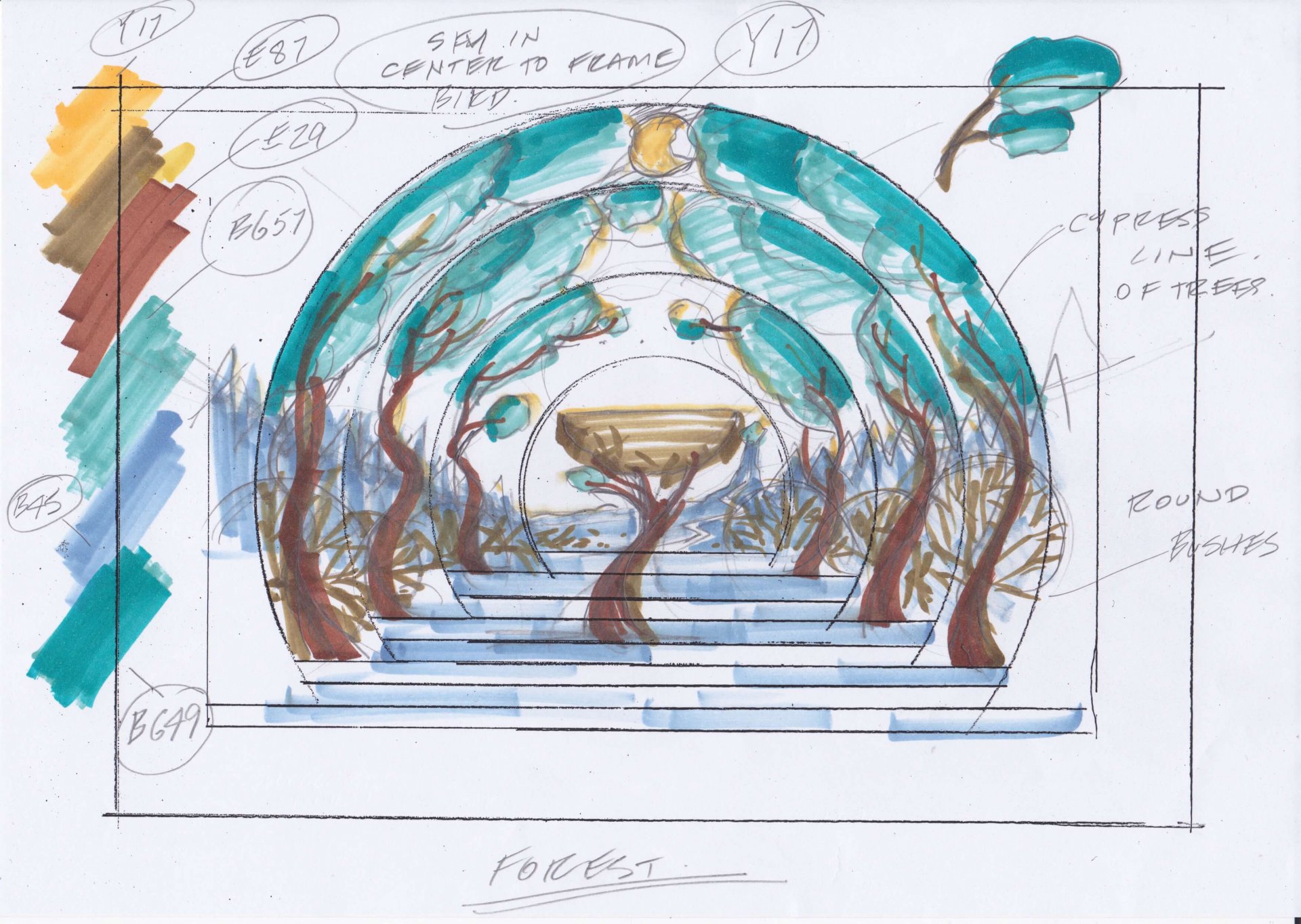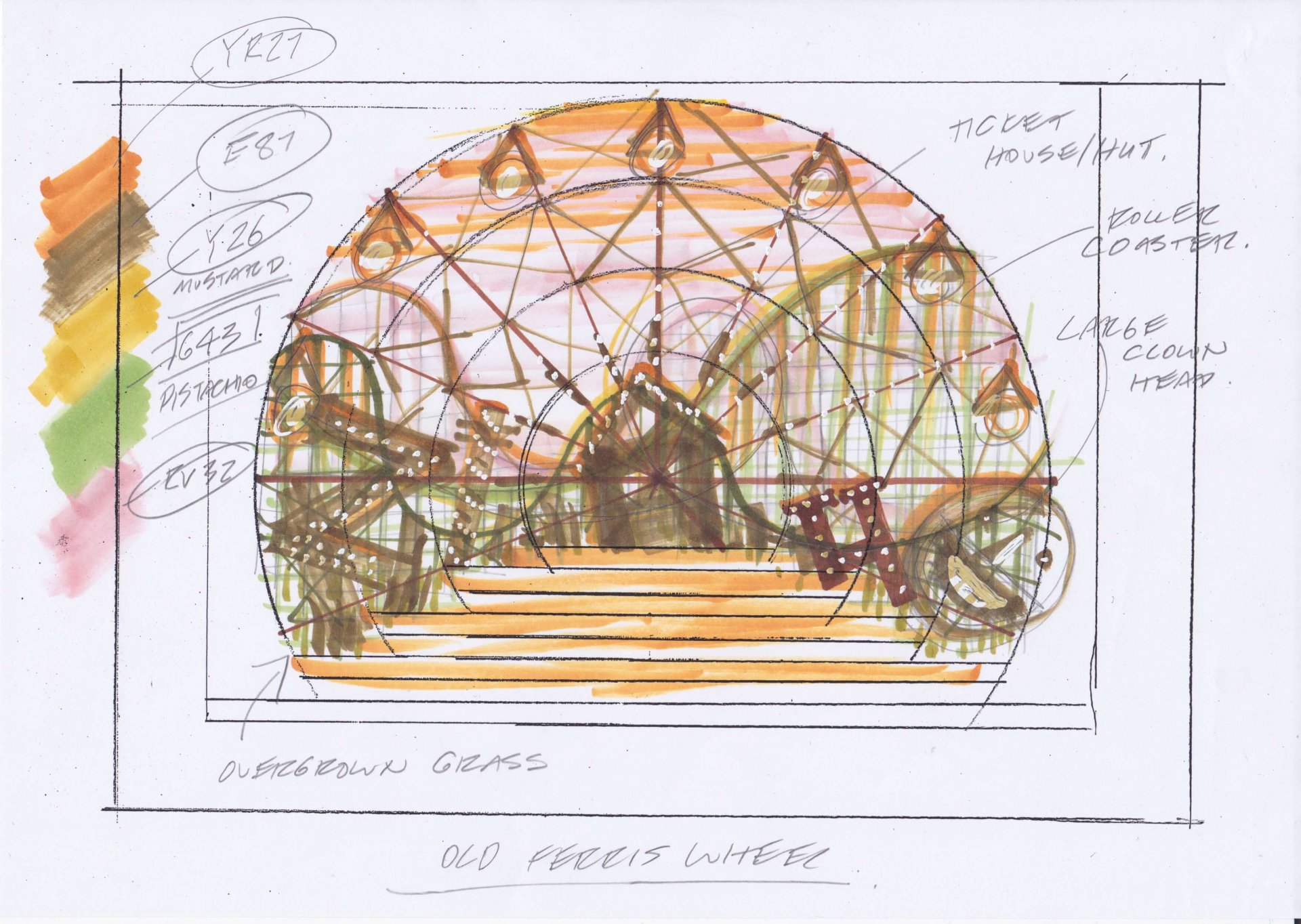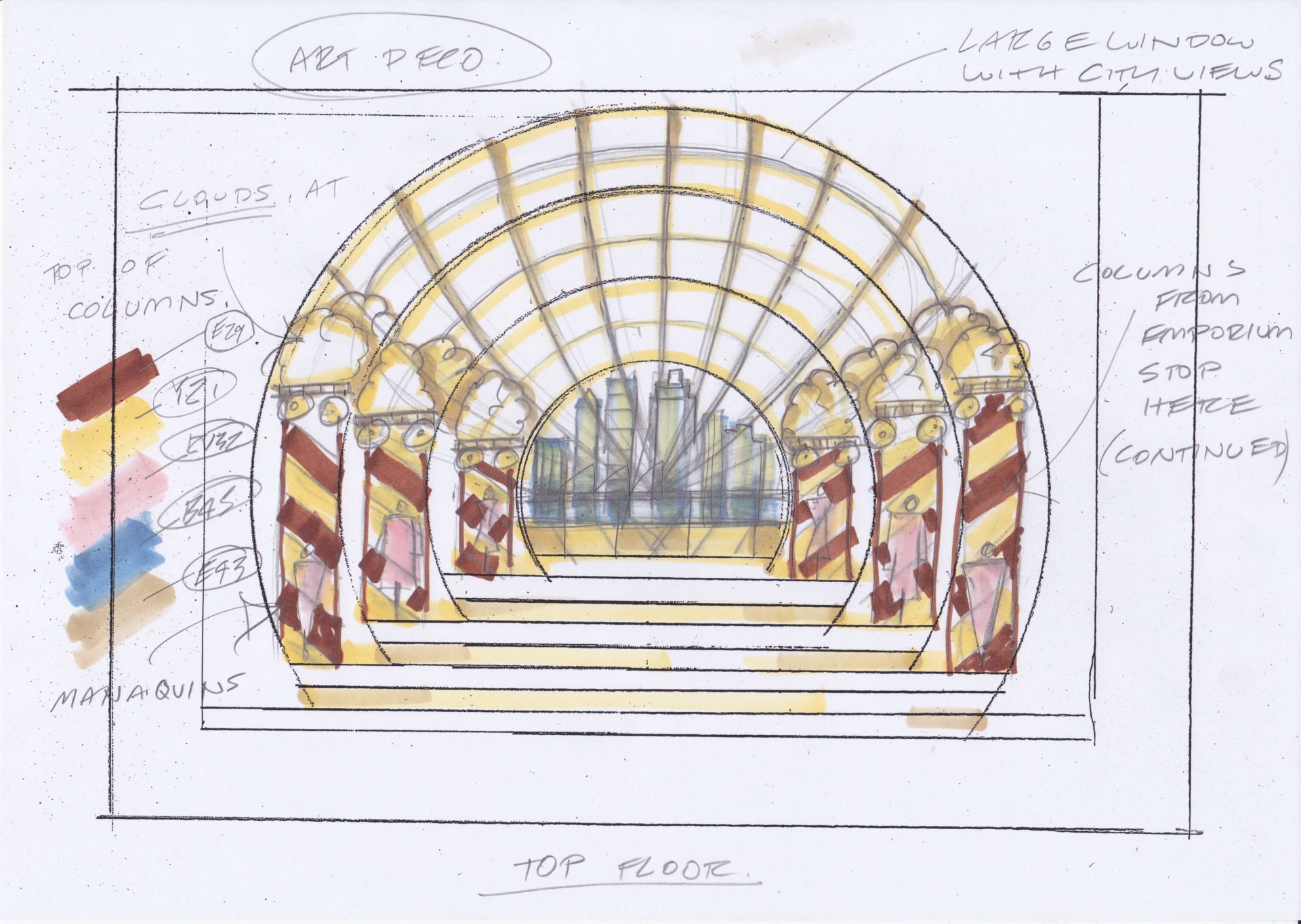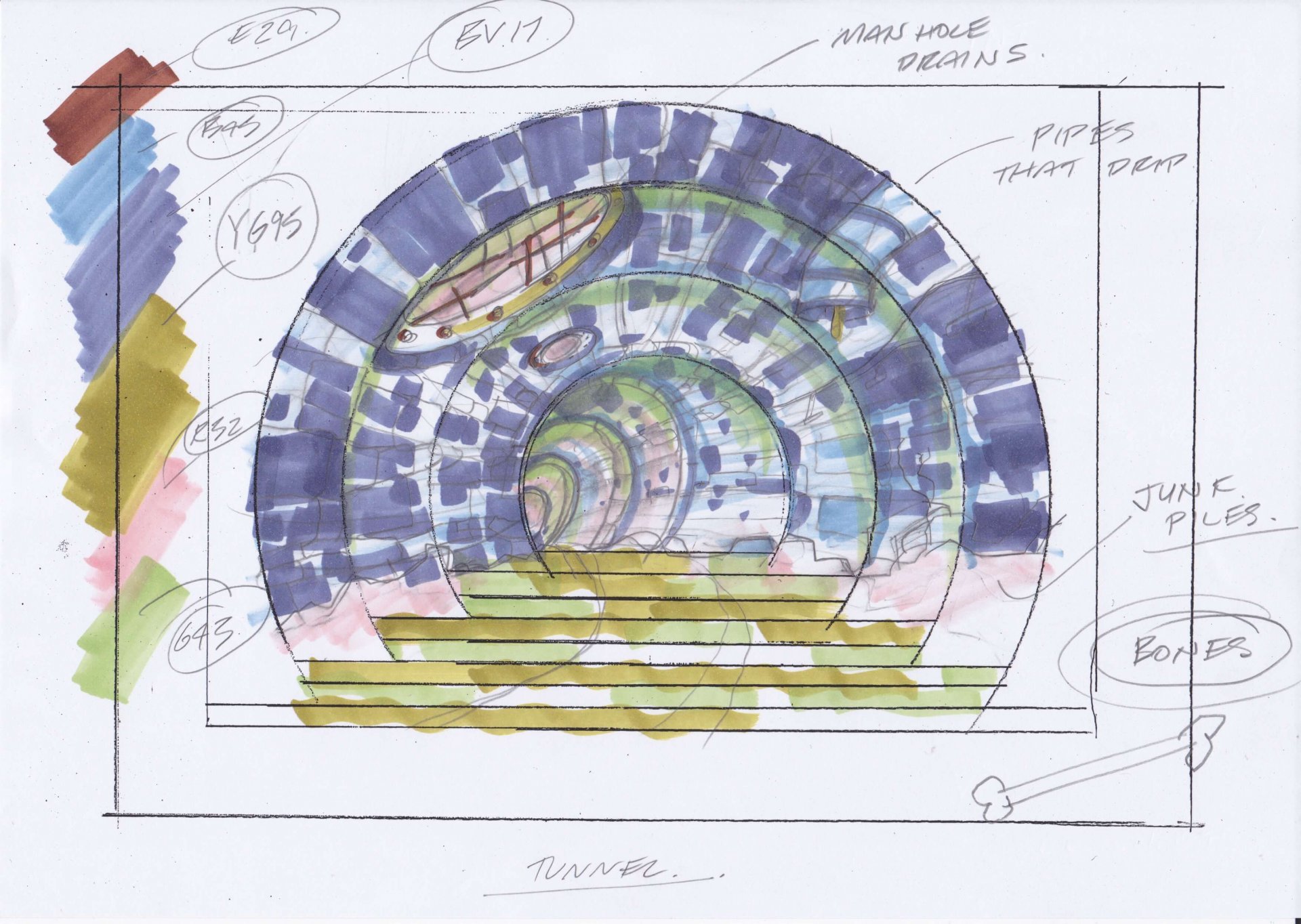Acting
The art of living truthfully in imaginary circumstances, performance
Actor
An individual who plays a role or character in a dramatic performance
Ad-lib
Non-scripted lines, actions or stage business not written in the script
Aside
When an actor steps out of the action of the play to make comments to the audience
Audience
An individual or group of people watching a performance
Audition
Trying out for a role in a play; they may be cold readings, prepared readings, monologues or scenes
Blocking
The arrangement of the actors’ movements on stage with respect to each other and the stage space
Cast
The people selected to play roles in the show
Character
An imaginary/real person, animal or thing an actor pretends to be
Characterisation
The art of developing believable people from roles in a play
Costume
Clothing or body paint designed to represent a particular idea, character, tradition, culture or period in time
Critique
Constructive criticism of the effectiveness of the work, or the appropriateness of the choices made by the creator or performer. This may be presented in written or oral form and can be informal or formal
Cue
The last few words of a line that give an actor a connection to their lines or the words or action that enables a technician to start sounds, lights, set changes, etc
Curtain Call
Bows at the end of a show
Design
The creative process of developing production elements such as costumes, lights, sets, makeup, props and sound
Director
The person responsible for the overall unity of the production (In Britain called the producer). The director’s role during rehearsal can be described in simplest terms as the audience of the cast. In this role the director provides comments, feedback and advice to ensure the story is well told
Down Stage
The area of the stage closest to the audience
Dress Rehearsals
The final rehearsals in which the actors are costumed
Emotions
Feelings that characters express in a situation, story or play
Ensemble
Working as a group
Exposition
The segment of a play in which all elements necessary to the understanding of the play are revealed, such as period, place and time
Farce
A comedy with exaggerated characterisations, plots and physical humour
Floor Plan
A line drawing that shows the placement of set pieces and set props
Foreshadowing
Clues to what is coming in the plot
Fourth Wall
The invisible barrier between the stage and the audience
Freeze
A sudden and immediate stoppage in action and motion that creates a tableau during a dramatic work
Front of House (FOH)
The ushers and ticket collectors
Genre
The type of play such as romantic comedy, murder mystery etc
Gesture
Hand and facial movements
General Public (GP)
The audience
House
The area of the auditorium used for audience seating
Improvisation
The art of creating spontaneous characters and lines as a scene proceeds without prior preparation
Levels
This can be stage areas where platforms, ramps and stairs are used or body positions in a scene such as lying down, kneeling, sitting etc
Lighting (LX)
The artificial lighting conditions which illuminate the actors on stage and to assist in the creation of a mood or effect
Lighting Designer
The person responsible for the texture, colour and position of stage lighting for a show
Make-up
Techniques which use cosmetics to transform an actor into a character
Melodrama
A dramatic form popular in the 1800s characterised by stock characters and plots, cliff-hanging events, heart tugging emotional appeals, the celebration of virtue, and a strongly moralistic tone
Mime
A performance in which the action or story is conveyed through the use of movements and gestures without words. Tradition often associated with Marcelle Marceau, Mr Bean and others
Monotone
Speaking without varying tone, rate, volume or inflection
Movement Elements
Time, space, energy, relationship, dynamics, body movements e.g. high, low, quick, slow etc
Mugging
Making faces while performing
Musical Theatre
A style of theatre incorporating music, song, dance, and story
Narrative
The story of the drama – could be through narration, voice over or movement
Opening Night
The first night a play is performed
Pace
The speed of speech or movement. Part of the director’s role to ensure the intention of the line or scene is achieved
Pantomime
Acting without speech, may also be rhythmical dance
Pitch
The highness or lowness of the voice
Preview
Seeing a show or portion of a show prior to opening night
Props
Properties (props) are small articles used on stage which are not part of the scenery or costume (e.g. walking stick, cup and saucer, murder weapon etc)
Proscenium (arch)
The “frame” that creates the fourth wall in a theatre
Run through
Rehearsing the entire show from beginning to end
Scenes
The divisions of the acts of the plays, i.e. Act 1, Act 11 etc.
Set Designer
The person responsible for creating and drawing the scenic elements of a play, this may also be the person who builds the scenery
Setting
The time and place in which a play takes place
Soliloquy
A monologue that reveals what a character is thinking
Sound Designer
The person responsible for creating sound effects to be used in a show
Stage Areas
The designated places onstage which are divided into upstage and downstage as well as right centre and left
Stage Combat
Fighting for the stage which is choreographed and safe for all actors
Stage Crew
Those persons responsible for technical operations during a show
Stage Directions
The designated entrances, exits and movements printed in a script
Stage Fright
When an actor feels nervous or frightened of appearing before an audience
Stage Left
The part of the stage to the actor’s left as she/he faces the audience
Stage Manager (SM)
The liaison between the director and the cast, the SM is responsible for cuing
Stage Right
The part of the stage to the actor’s right as she/he faces the audience
Stage Whisper
An exaggerated whisper that the audience can hear
Strike
The dismantling of the set, costumes and props after the final performance
Suspend Disbelief
The willingness of an audience to suspend their disbelief and accept the conventions employed for the duration of a performance. That is to agree to enter the fantasy world created and to accept it as if real for the duration of the performance
Symbol
A person, place, or object that stands for or represents an idea or quality and, when used or referred to, immediately summons an organised pattern of emotional and intellectual response
Tableau(x)
A still picture representing concrete thought that is physically created by actors
Technical Elements
Lighting, sound, set, design, make-up, props, and costume
Theme
The underlying meaning of a play or literary work
Timing
Speaking, moving or reacting at just the right minute
Tragedy
A play depicting terrible events in which the main character suffers a reversal or downfall
Understudy
An actor who prepares for and temporarily takes the place of an actor who is unable to perform
Vocal Expression
Creative use of the voice to communicate characters, stories and ideas
Voice Elements
Volume, timbre, projection, diction, dialect, tone, pitch, light, shade, register, articulation, and pace
Warm Up
To prepare the actor’s tools (mind, body and voice) for energised, creative work. An exercise or activity used to develop creative expression
